Peter Valberg, Xcel’s EMF witness, is at it again…
A version of the old “joke,” how do you know Peter Valberg, Ph.D., is lying? His lips are moving…
Xcel Energy is challenging Florence & Dave Minar and their Cedar Summit Farm’s election of Minnesota’s Buy the Farm law, which allows landowners facing utility condemnation to say, “You must buy us out.” This is the law in Minnesota, but Xcel Energy hasn’t gotten the message.
For some reason, they hired shill Peter Valberg, Ph.D., to testify — I don’t see anything in “Buy the Farm” that makes this relevant. Oh well…
So now, on to the “mistatements” when Valberg testified. There were a couple of things he said that were patently false (not direct quotes, but the essence of what he falsely claimed):
The grid is 60 Hz so there’s no danger from ionizing radiation.
The EMF doesn’t transfer because it’s low frequency.
The magnetic fields were calculated at the “thermal limit” and the maximum was 100 mG at the centerline, and then decreased going outward.
1) 60 Hz — The grid is 60 Hz so there’s no danger from ionizing radiation.:
Folks, it’s basic physics, in which Valberg has a Ph.D., and basic electrical engineering, that the frequencies on the grid are NOT limited to 60 Hz and in fact go lower and go far, far higher. Art Hughes, Ph.D. was doing research on impact of frequencies in the 1,000-1,500 Hz range when he died, in a pig barn, where he was doing the experiments. Frequencies on the grid go up to the levels where it’s ionizing radiation. HUH? Yes, corona is that high, it’s ultra violet range, and it’s simple to demonstrate, just take a look at how utilities check for damage to the lines:
EPE_2013111816011292Â The Ultraviolet Detection of Corona Discharge in Power Transmission Lines
Corona discharge is at that “ionizing” level, and if there is particulate matter nearby (and where isn’t there particulate matter nearby), that particulate matter picks up the ionization:
Link to abstracts of Henshaw’s corona & criteria pollutant articles
Here’s a chart of where corona shows up on the frequency spectrum: 
Easy to read Wiki on “corona discharge”
Here are two very interesting patent applications about corona and UV from transmission lines:
US5986276 – APPARATUS AND METHOD FOR ELIMINATING X-RAY HAZARDS FROM ELECTRICAL POWER DISTRIBUTION
EP1691461A1 – ELECTRIC POWER SYSTEM SUPPRESSING CORONA DISCHARGE FROM VIEWPOINT OF ENVIRONMENT
2) The EMF doesn’t transfer because it’s low frequency.
Ummmm… what does Valberg think line loss is? And corona and line loss is a significant problem for utilities. They use the corona detectors, as above, to find sources of major losses:
EPE_2013111816011292Â The Ultraviolet Detection of Corona Discharge in Power Transmission Lines
3) The magnetic fields were calculated at the “thermal limit” and the maximum was 100 mG at the centerline, and then decreased going outward.
And let’s take a look at the magnetic field levels as addressed in the CapX 2020 Brookings-Hampton routing docket, because the levels were certainly not calculated for the “thermal limit,” as Valberg testified yesterday, they were calculated for at most 1/3 of the thermal limit amperage:
From the Brookings-Hampton application, pages 3-20 to 3-22, and look at the amps (click chart for larger pdf):
Now, note the range of amps, 1005.9, 841, 826.7 are the highest I see, but look at the thermal limits, and folks, this is IN THE CAPX 2020 CERTIFICATE OF NEED RECORD:
In this Information Request response, they admit that the thermal limit for amps for this line is much greater than 1,000:
So building on these numbers, from the Affidavit of Bruce McKay above:
As Miss Helen Lee Murphy’s math teacher friend would agree, 390.71 mG and 304.92 mG are both above 100 mG.
Some other similar mG transmission posts — do you see a trend?
CapX Hampton – La Crosse – Affidavit – Bruce McKay
Hiawatha Project — McKay Affidavit and Exhibits – Final
Here is a chart from the Split Rock-Lakefield Jct. line with various conductor sizes with voltages, amps, and MVA:
Some past posts about Valberg:
The ongoing saga of the Fargo-St. Cloud transmission line
CapX info dump in the Fargo docket (another McKay Affidavit here)
Peter Valberg, stop it! It’s a matter of record, and you’re misrepresenting at best:

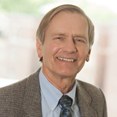
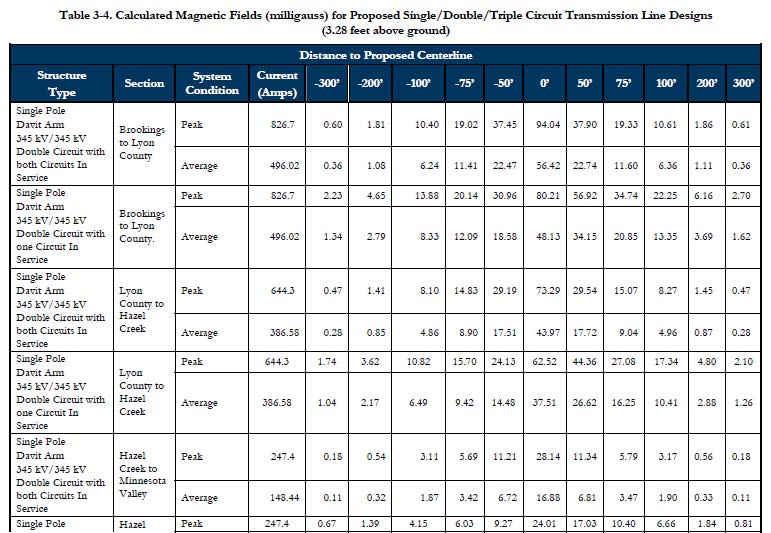
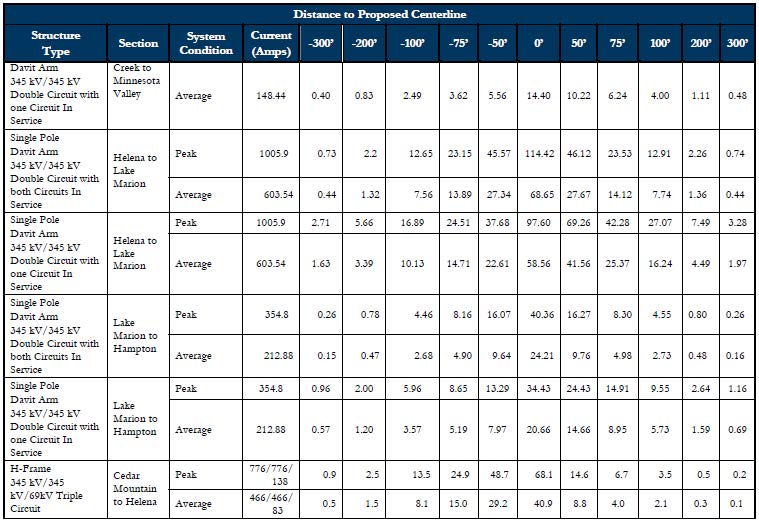
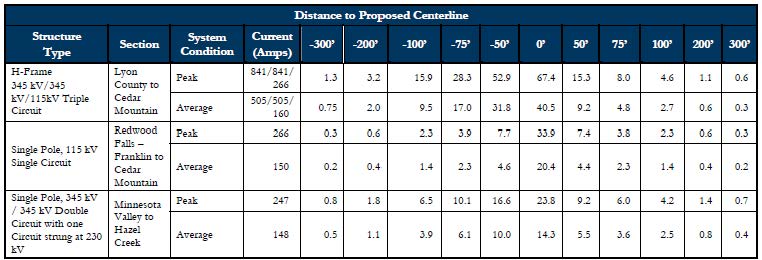
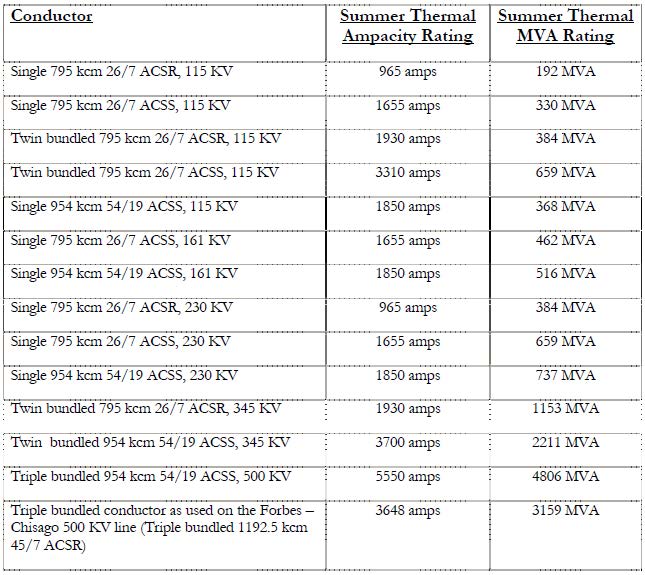

Comments
Peter Valberg, Xcel’s EMF witness, is at it again… — No Comments
HTML tags allowed in your comment: <a href="" title=""> <abbr title=""> <acronym title=""> <b> <blockquote cite=""> <cite> <code> <del datetime=""> <em> <i> <q cite=""> <s> <strike> <strong>